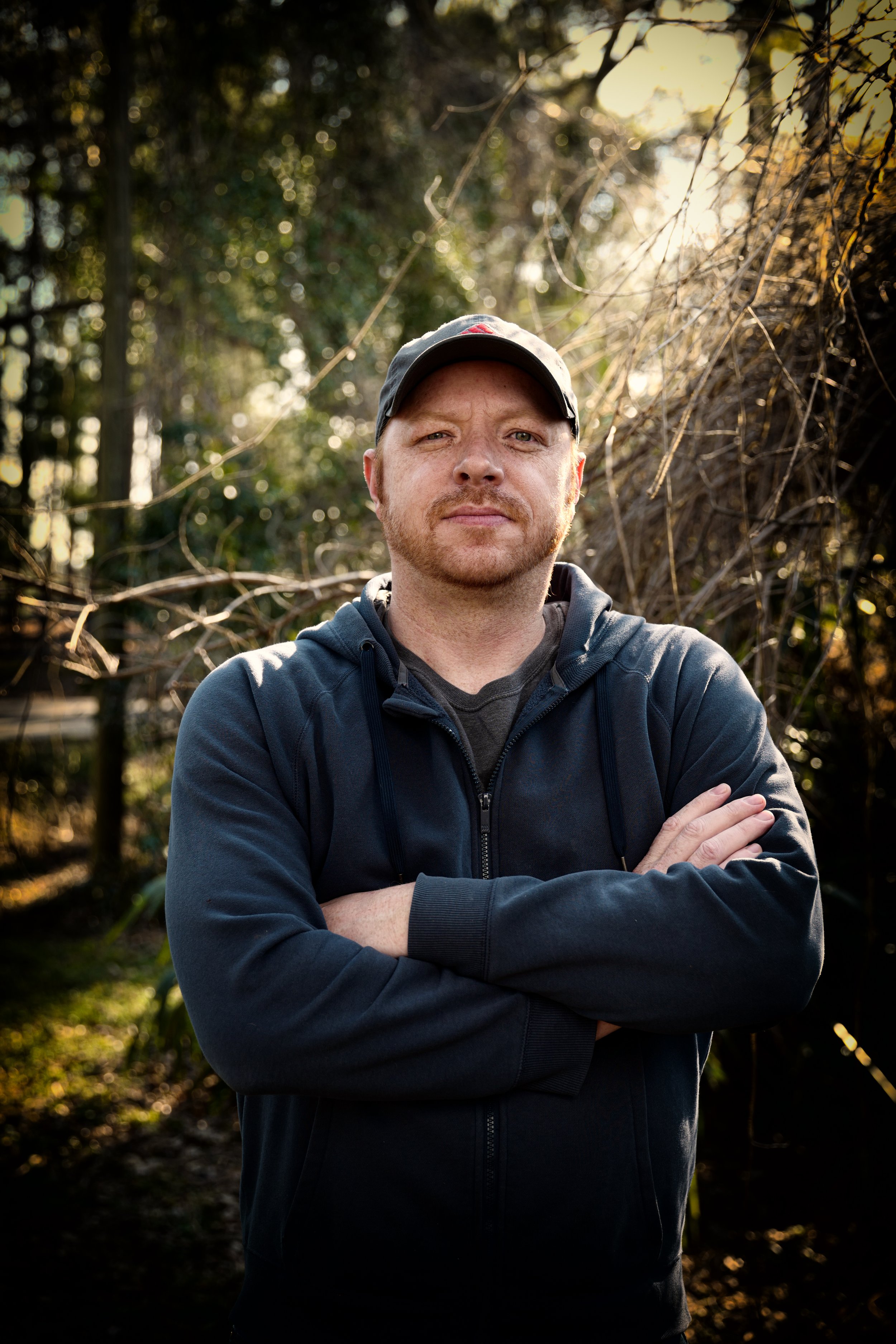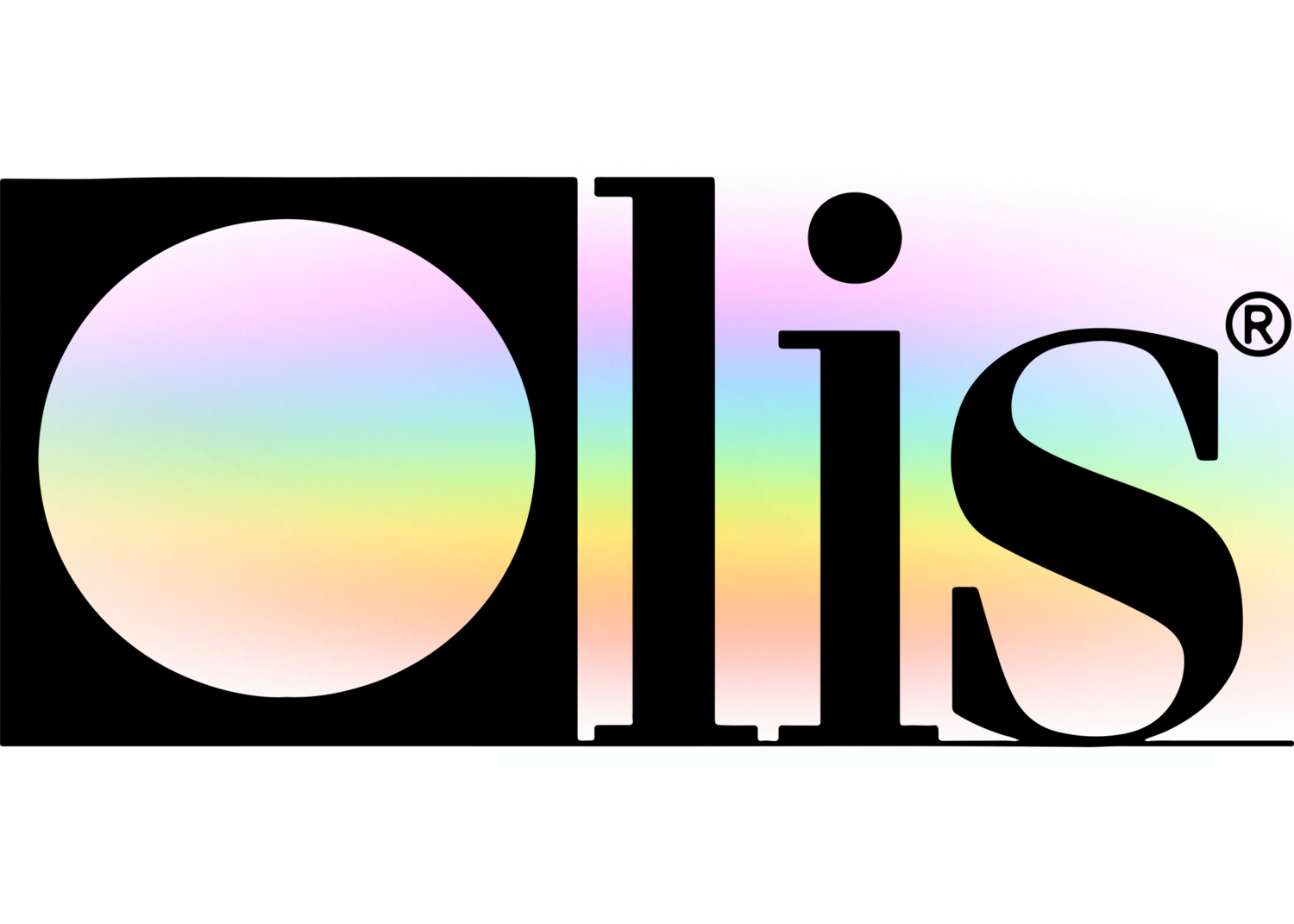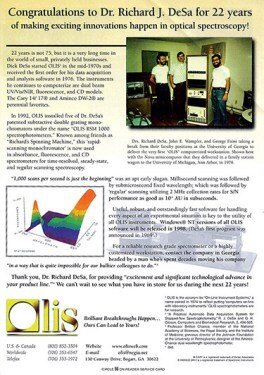The Buzz on Uv/vis
The Buzz on Uv/vis
Blog Article
Getting The Spectrophotometers To Work
Table of ContentsSpectrophotometers Things To Know Before You BuyMore About Uv/visNot known Details About Uv/vis/nir How Circular Dichroism can Save You Time, Stress, and Money.The Of Uv/vis

Spectrophotometry is most typically used to ultraviolet, visible, and infrared radiation, modern spectrophotometers can question large swaths of the electro-magnetic spectrum, consisting of x-ray, ultraviolet, visible, infrared, and/or microwave wavelengths. Spectrophotometry is a tool that depends upon the quantitative analysis of particles depending upon just how much light is absorbed by colored substances.
Some Known Details About Uv/vis
A spectrophotometer is commonly used for the measurement of transmittance or reflectance of options, transparent or nontransparent solids, such as sleek glass, or gases. Although many biochemicals are colored, as in, they absorb visible light and for that reason can be determined by colorimetric treatments, even colorless biochemicals can often be transformed to colored substances appropriate for chromogenic color-forming reactions to yield compounds appropriate for colorimetric analysis.: 65 However, they can also be designed to measure the diffusivity on any of the listed light ranges that usually cover around 2002500 nm utilizing various controls and calibrations.
An example of an experiment in which spectrophotometry is used is the decision of the balance constant of an option. A particular chemical response within a solution might happen in a forward and reverse instructions, where reactants form items and products break down into reactants. At some point, this chemical response will reach a point of balance called a balance point.
How Uv/vis can Save You Time, Stress, and Money.
The amount of light that travels through the option is indicative of the concentration of certain chemicals that do not enable light to go through. The absorption of light is because of the interaction of light with the electronic and vibrational modes of molecules. Each type of molecule has a specific set of energy levels connected with the makeup of its chemical bonds and nuclei and therefore will soak up light of specific wavelengths, or energies, leading to distinct spectral properties.
The use of spectrophotometers spans different clinical fields, such as physics, materials science, chemistry, biochemistry. spectrophotometers, chemical engineering, and molecular biology. They are extensively used in lots of industries consisting of semiconductors, laser and optical production, printing and forensic evaluation, along with in labs for the research study of chemical substances. Spectrophotometry is often used in measurements of enzyme activities, decisions of protein concentrations, determinations of enzymatic kinetic constants, and measurements of ligand binding reactions.: 65 Eventually, a spectrophotometer has the ability to identify, depending upon the control or calibration, what substances exist in a target and exactly just how much through calculations of observed wavelengths.
Created by Arnold O. Beckman in 1940 [], the spectrophotometer was developed with the help of his coworkers at his company National Technical Laboratories founded in 1935 which would become Beckman Instrument Business and eventually Beckman Coulter. This would come as a service to the previously produced spectrophotometers which were not able to absorb the ultraviolet correctly.
8 Easy Facts About Circular Dichroism Explained
It would be discovered that this did not give satisfying results, therefore in Model B, there was a shift from a glass to a quartz prism which enabled much better absorbance outcomes - circularly polarized luminescence (https://www.4shared.com/u/FvsNFVfH/julieanndesalorenz30606.html). From there, Design C was born with a modification to the wavelength resolution which ended up having three systems of it produced
It irradiates the sample with polychromatic light which the sample takes in depending on its residential or commercial properties. Then it is transmitted back by grating the photodiode array which discovers the wavelength region of the spectrum. Since then, the production and application of spectrophotometry devices has actually increased exceptionally and has turned into one of the most ingenious instruments of our time.

The Ultimate Guide To Circularly Polarized Luminescence
The grating can either be movable or repaired.
In such systems, the grating is fixed and the strength of each wavelength of light is measured by a various detector in the selection. When making transmission measurements, the spectrophotometer quantitatively compares the fraction of light that passes through a recommendation service and a test option, then digitally compares the strengths of the two signals and computes the percentage of transmission of the sample compared to the referral requirement.

Report this page